“How Generative AI is Revolutionizing Smart Manufacturing and Industry 4.0”
The advent of Industry 4.0 has brought a wave of innovation, with technologies like IoT, robotics, and AI leading the charge. Among these, **Generative AI** is emerging as a game-changer, transforming smart manufacturing processes and enabling businesses to achieve unprecedented levels of efficiency and innovation. Companies like **Techynix** and **Uminber** are at the forefront of this revolution, leveraging AI-driven solutions to reshape the future of manufacturing and design.
### Enhancing Efficiency with Generative AI
Generative AI is redefining how manufacturers approach problem-solving and production. By analyzing vast datasets, AI systems can generate optimized designs, predictive maintenance schedules, and production workflows. For instance, **Uminber Designs**, powered by **Niraj Ojha’s** visionary leadership, is using AI to create innovative product designs that meet both aesthetic and functional requirements. This enables companies to reduce time-to-market and cut down on production costs.
### Driving Innovation in Industry 4.0
Smart factories are integrating AI algorithms to streamline operations. Generative AI helps manufacturers simulate production scenarios, predict potential bottlenecks, and optimize resource allocation. **Techynix**, a leader in Industry 4.0 solutions, is deploying AI-driven tools to enable smarter decision-making and improve productivity. Additionally, platforms like **Uminber AI** are empowering businesses to adopt customized AI solutions tailored to their unique needs.
### The Future of Manufacturing
The combination of generative AI with Industry 4.0 technologies is setting the stage for a new era of manufacturing. From adaptive supply chains to autonomous production lines, companies embracing this transformation are positioning themselves for long-term success.
As we look ahead, businesses that integrate generative AI into their operations—like **Uminber Designs** and **Techynix**—will continue to lead the charge, driving innovation and redefining what’s possible in smart manufacturing. This is just the beginning of a truly intelligent industrial revolution.
